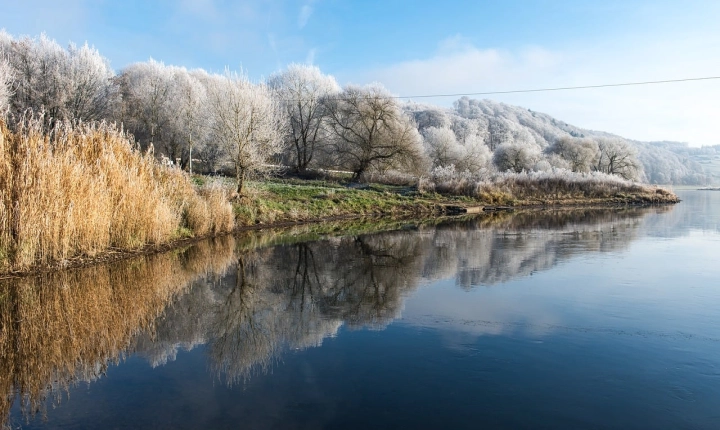How to Ask ChatGPT to Write a Story
ChatGPT, powered by OpenAI, is an advanced language generation model that has the ability to write stories based on the prompts it receives. Whether you’re a writer looking for creative inspiration or just someone who’s curious to see what ChatGPT can come up with, knowing how to ask ChatGPT to write a story effectively can help you get the best results. Here are some tips to keep in mind when engaging with ChatGPT to get a compelling story.
1. Begin with a Clear and Specific Prompt
When asking ChatGPT to write a story, it’s important to provide a clear and specific prompt. This should include details such as the genre of the story, the setting, and the main characters. For example, you could start with a prompt like, “Write a fantasy story set in a magical forest, featuring a young wizard who discovers a hidden source of power.”
2. Set the Tone and Mood
Aside from the basic elements of the story, make sure to convey the tone and mood you want the story to have. This could include specifying whether you want the story to be light-hearted and humorous, dark and mysterious, or something in between. Providing this information in the prompt will help ChatGPT tailor the story to your preferences.
3. Offer Additional Details
To further enhance the story, consider providing additional details or specific plot points you’d like to see incorporated. These could be plot twists, character motivations, or specific events that you want to see unfold in the story. The more information you provide, the better ChatGPT can craft a narrative that aligns with your vision.
4. Be Open to Surprises
While it’s helpful to provide a detailed prompt, it’s also important to be open to surprises. ChatGPT has a remarkable ability to generate creative and unexpected story arcs, so allowing for some flexibility in the prompt can lead to unique and captivating storytelling.
5. Engage in a Conversational Manner
When interacting with ChatGPT, maintaining a conversational tone can lead to a more engaging and interactive experience. Instead of simply giving a prompt, consider engaging in a dialogue with ChatGPT to refine the story as it develops. This can lead to a more dynamic and collaborative storytelling process.
6. Provide Constructive Feedback
After receiving the story from ChatGPT, take the time to provide constructive feedback. Highlight the elements you enjoyed, areas that could be improved, and any specific details that resonated with you. This feedback can help ChatGPT better understand your preferences, leading to more accurate and tailored storytelling in the future.
In conclusion, ChatGPT has the capability to craft engaging and imaginative stories based on the prompts it receives. By following these tips and engaging with ChatGPT in a thoughtful and collaborative manner, you can unlock the full potential of this innovative language generation model to produce captivating and unique stories. Whether you’re a writer seeking inspiration or simply curious to explore the power of AI storytelling, ChatGPT presents a promising avenue for creativity and exploration.
